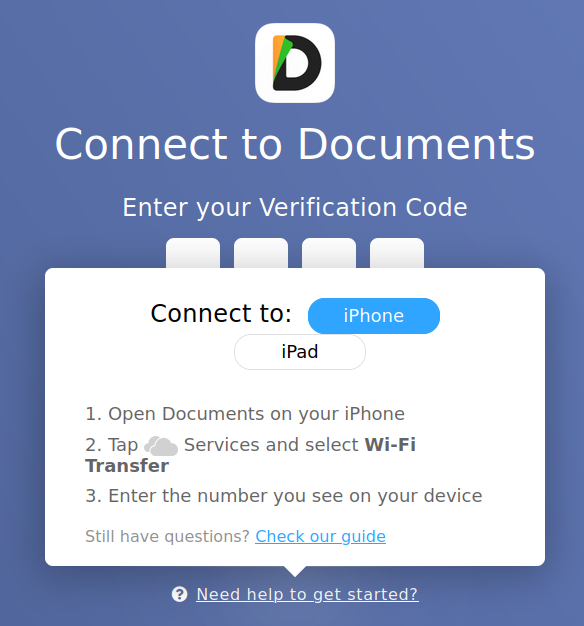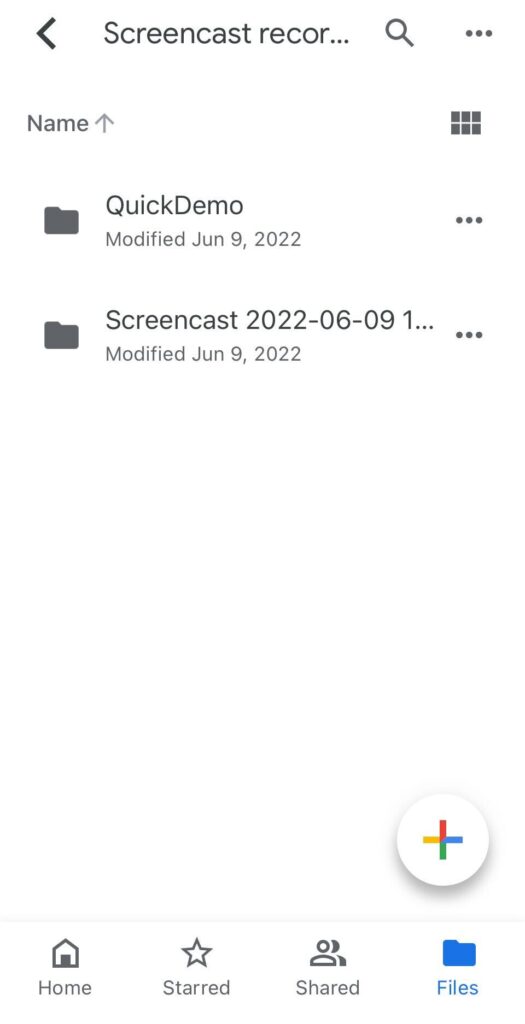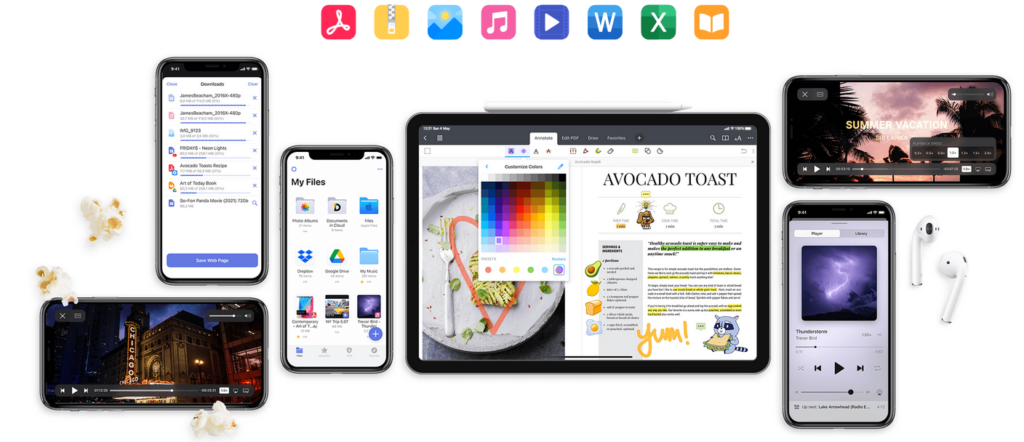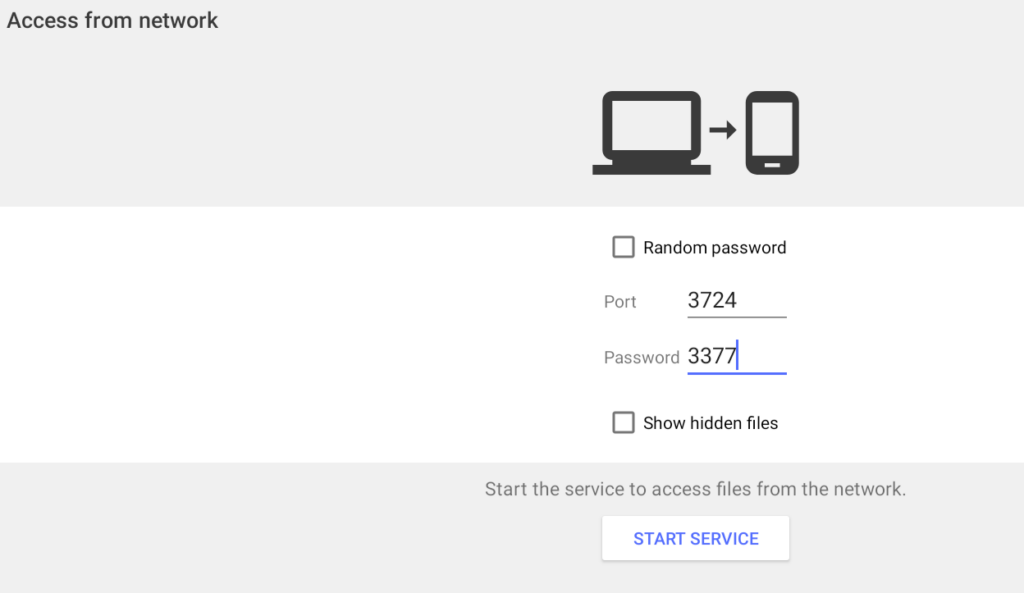Working with a new device this summer? Whether it’s a phone or tablet, or a Chromebook tablet, you may be looking for some easy ways to manage content. For many, managing content on these devices is a nightmare. Allow me to dis-spell those file and folder management nightmares.
What’s the Problem?
It’s not a single problem that vexes users new to these devices, but a multitude of problems, such as:
- Moving files/folders around on your iPhone or Android device
- Removing files/folders on iOS and/or Chrome/Android tablets
- Viewing a variety of files on Android/Chrome or iOS devices
- Tracking your usernames and passwords across devices
- Getting bookmarks to sync across devices
If you’ve thrown up your hands in despair about one of these problems, then you’re not alone. It’s one of the reasons I avoid recommending tablets to low-tech users. Even experienced users may find themselves wondering about a simple question: “How do I get these tasks done on a device so unlike my computer?”
Let’s take a stab a responding. Of course, your success may vary depending on how much you know about file management on any device.
Note: Many file transfer solutions you find online (e.g. PushBullet, AirDroid) cost money. The solutions I’ll feature here are available at no extra cost.
File Management Made Simple
File management involves learning that everything we use on a device is a file or a folder. To view files, you need the right viewer software or application (app for short). Let’s use ebooks as an example, a common file people want to put on their devices for on-the-go reading.
Getting Familiar with File Formats
For example, if you have digital books, you may need a third-party ebook reader. One of my favorite sources of ebooks is Baen’s Free Books collection. There you can get books in all sorts of file formats.
Some common file formats you will encounter include:
- ePub
- Mobi
- RTF
You can get free books or documents on your computer, then transfer them. You would transfer them to your Android/Chromebook/iOS device. How do you get that done?

Transferring Via the Cloud
For any device, you can often rely on cloud storage. That includes solutions like Google Drive, Microsoft OneDrive, and Dropbox.
You can copy your files to the cloud, then open them on your device using an installed app (e.g. Google Drive). You can see what that looks like below:

After opening Google Drive on your Chromebook, you can copy the file to your Local storage so you have access to it. You can then use other apps to interact with that file.
Here’s what that looks like on an iOS phone:

Transferring via an App or WiFi
If transferring files via the cloud isn’t desirable, you can always transfer direct
Tool #1: Readdle Documents for iOS Devices
Another approach for iOS devices (e.g. iPhones, iPads, Macs) is DocsTransfer.com. If you are an iOS user, you can get the Readdle Documents app (free). Then, use DocsTransfer.com to copy files to and from your device.

Another neat feature of the Documents app? It includes support for reading ebooks. And, you can also play multimedia files (e.g. MP3, MP4). Here’s a short tutorial.
On Android and Chromebook, transfer files using one of these options:
Tool #2: Cx File Explorer for Android and Chromebook Devices
This no-cost file explorer works great on Android and Chromebooks that support Android. This means you can learn to use ONE tool for both types of devices, then take advantage of them.

What’s great about Cx File Explorer is that you can do a few things that make it easy to work with:
- Files and folders anywhere on your device, although you may need to grant additional permissions
- Access files on your local network or via FTP, SFTP, WebDAV, or WiFi service
This last option, access the network via WiFi service, makes Cx File Explorer quite useful.

Once you have enabled the WiFi service, you can enter an FTP address on your computer’s browser. Then, you enter your password and now you can copy files to your Android device.
More to Come
In part two, I’ll share responses to these common obstacles:
- My Best Picks for File Viewers on iOS and Android
- Tracking Your Usernames and Passwords across devices
- Getting Bookmarks to sync across devices
Be sure to read part two in this series.
Feature Image Source
Photo by Joshua Sortino on Unsplash

